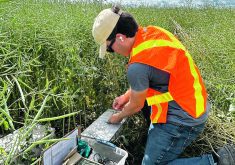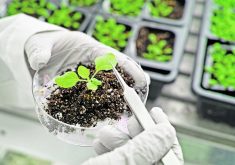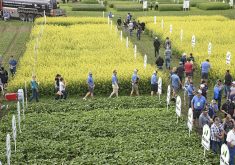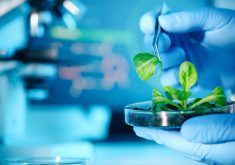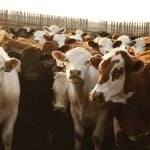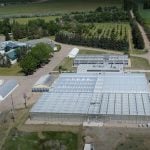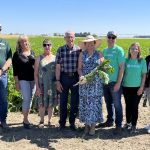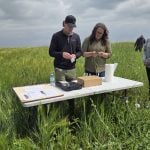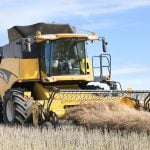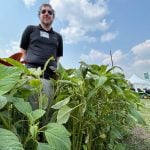“For example, UBC’s research centre has got 550 cows. That’s a population equivalent of almost 10,000 people when you look at the (phosphate recovery potential),” he said.
The turf industry is the primary buyer of Crystal Green fertilizer.
To tap into that potential, Victor Lo of UBC will test a pilot plant this summer to recover phosphorus from dairy cows at the UBC-Agriculture Canada research farm in Agassiz, B.C.
“We’re not quite ready for the swine industry. We want to prove it out on the dairy waste first,” Mavinic said.
Read Also
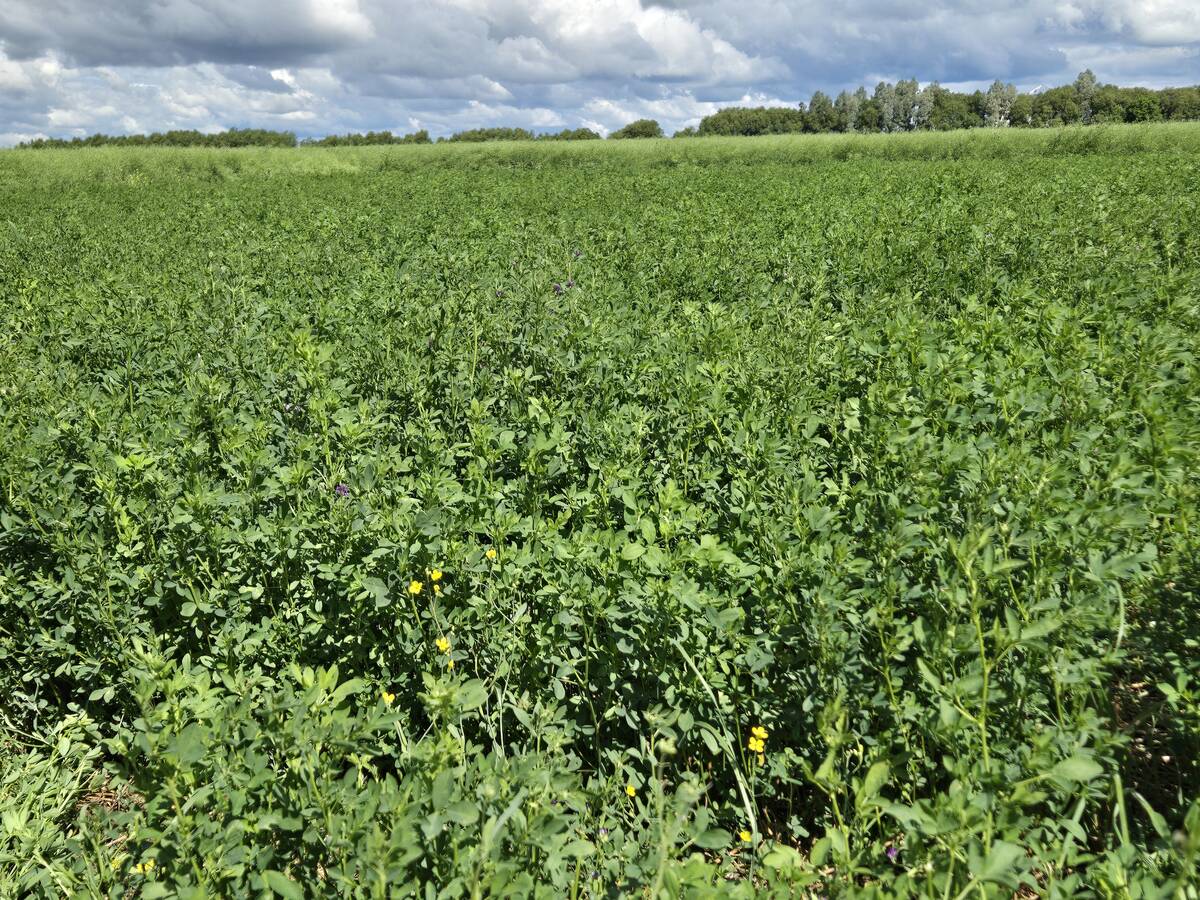
Manitoba Parkland research station grapples with dry year
Drought conditions in northwestern Manitoba have forced researchers at the Parkland Crop Diversification Foundation to terminate some projects and reseed others.
Lo said adapting the technology to hog manure should be easy if the pilot plant successfully recovers phosphorus from dairy manure, because treating cow waste is more complex.
Mavinic said buying an on-site reactor for a dairy or hog operation has up-front costs, but sales of phosphorus fertilizer, environmental credits and other incentives could cover a large part of the cost.
“There’s no question, in our opinion, that if the hog guys or dairy guys are large enough, then they can have a fully sustainable system,” he said.
“The paybacks are going to be there pretty fast.”
The pilot project at the Agassiz research farm will conclude this year.




